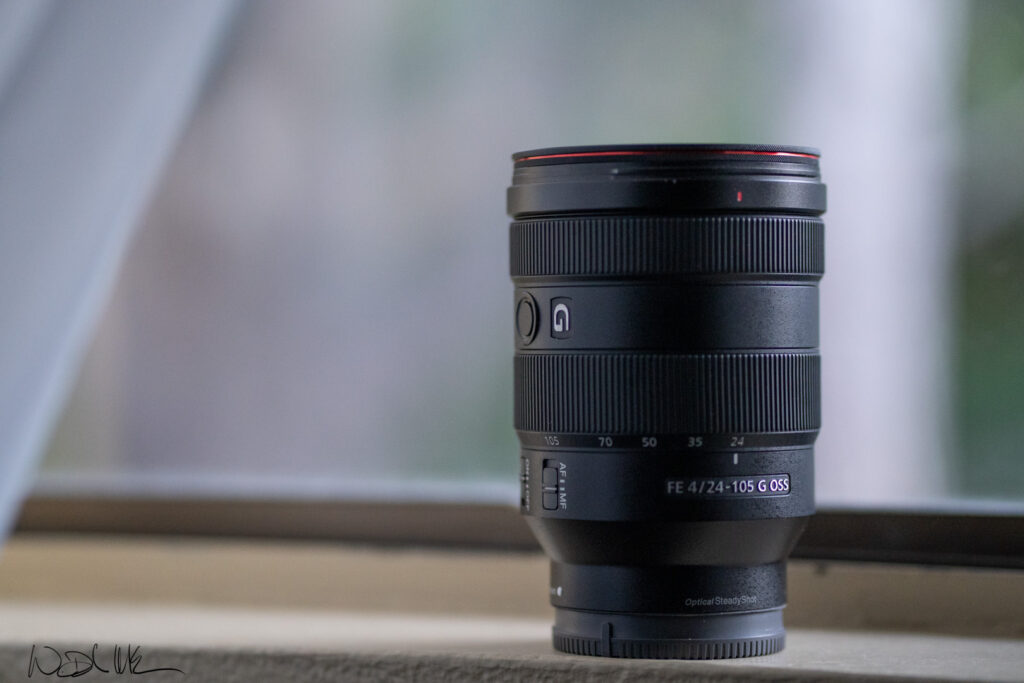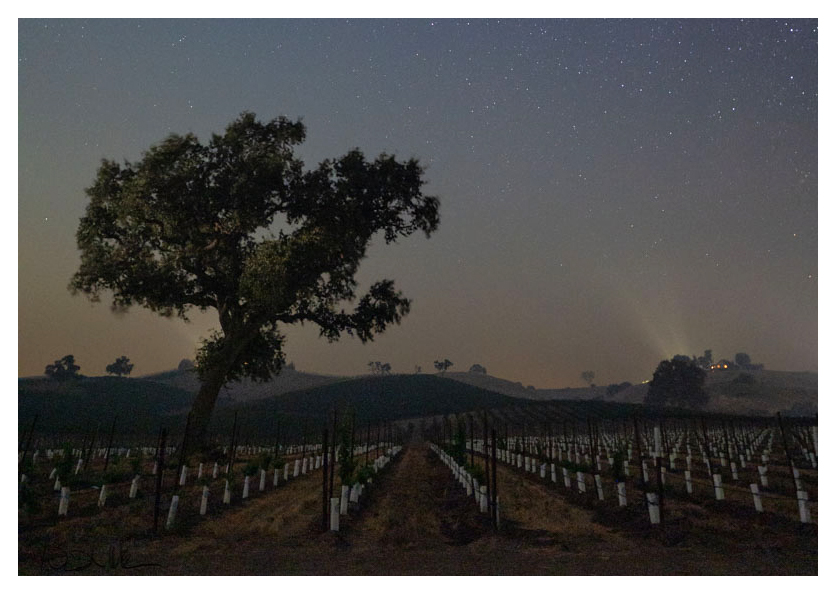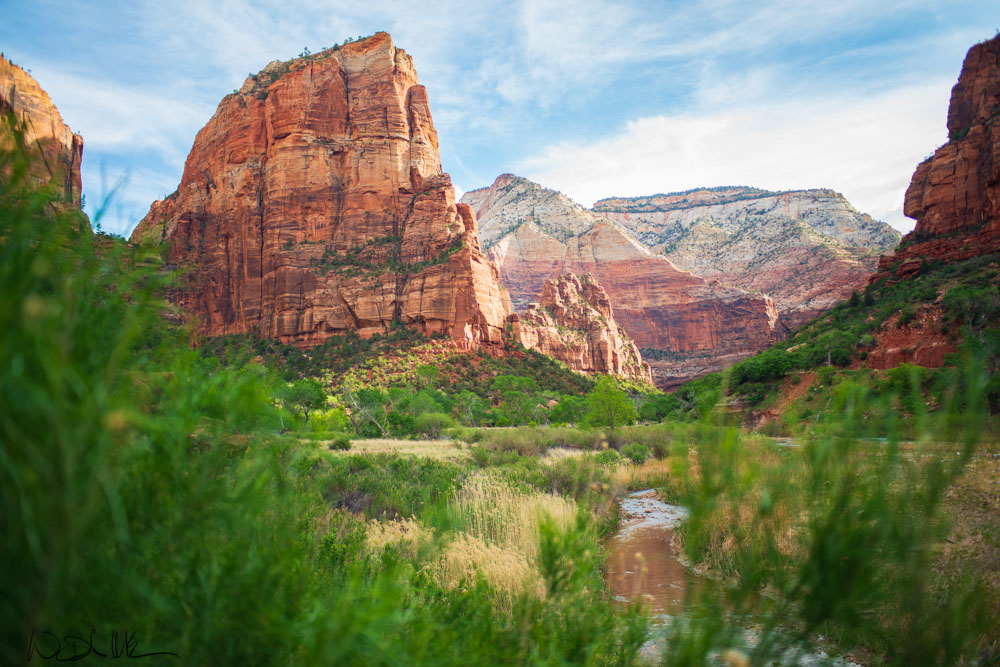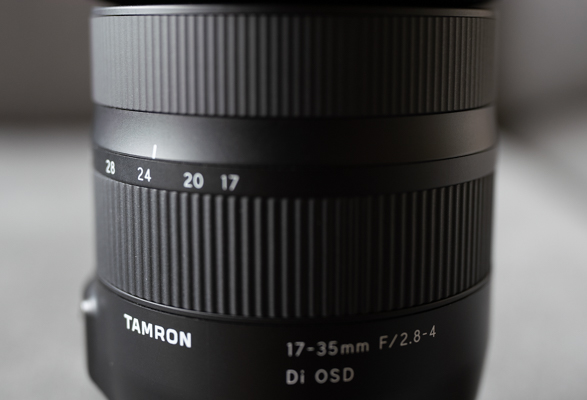I’ve been using the Sony 24-105 f4for the last 3 years, and I can’t stop using this lens. I’ve used it for sports, wildlife, weddings, landscapes, and portraits.
The autofocus is fast, accurate, and it’s incredibly versatile, but is it still worth it today?
For most people, this lens will do everything you need for both photo or video.
This article is not a buyers guide, it’s just my take on why I still use the Sony 24-10
Why I still use it
I love this lens so much, I actually sold my Sony 70-200 f/4. Don’t get me wrong. I love the focal range for the 70-200, but I was only benefitting from the 105-200mm range.
If you need anything past 100mm, I recommend the Sony 100-400 or the 70-200 2.8 with a 2x extender, but those lenses are still a little too far out of my budget.
For now I’ve been able to get around just fine with the 24-105mm.
Wildlife
You might think the 24-105 is not a wildlife lens, and you’re right, but my priority is carrying less weight, and I’ve been able to get some decent wildlife shots with the 24-105. The f/4 is more than what I need for low light, and the AF is plenty fast with my A7c.
It’s nowhere near 400 or 600mm but you’d be surprised by the results you can get with 105mm.
Portraits
I’ve shot family photos and weddings with the 24-105 and while I prefer my Sony 85mm 1.8, it’s not bad.
If you’re shooting family photos, you rarely shoot wider than f4 and that’s why the 24-105 works great. Couple portraits work great with f4 too, but if you want the background blur, maximize your zoom to 105mm.
Astrophotography
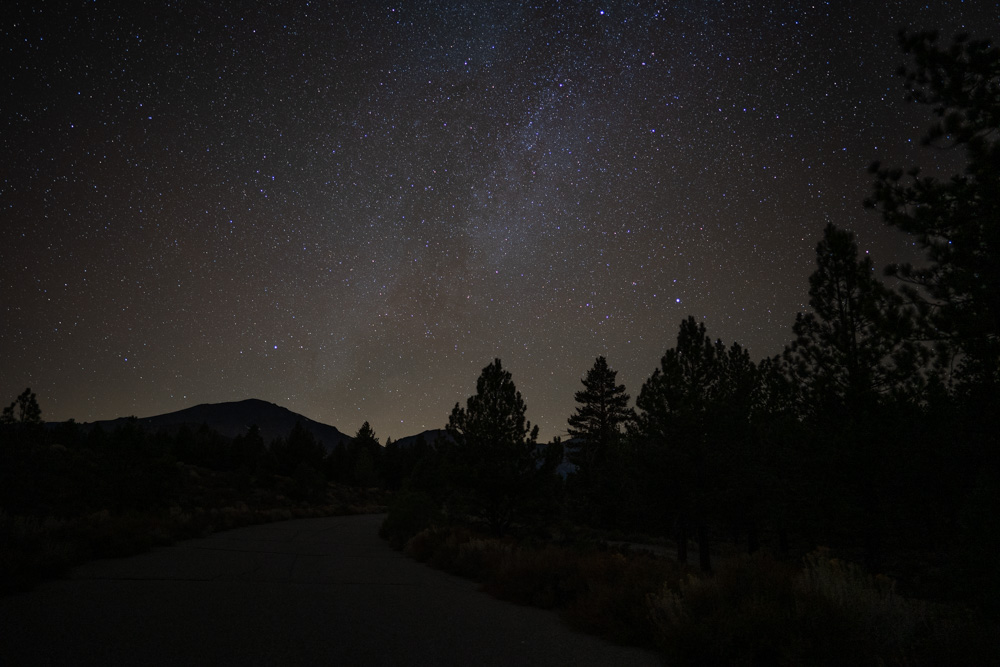
You might think the 24-105 is not wide enough for astrophotography, but it’s possible with the right camera and tools. You can actually take photos of the night sky at f/4 and the coma performance is actually pretty good.
Sometimes noise can be an issue but some of this can be cleaned up with multiple exposures or by using Topaz de noise software.
You can also shoot blue hour blends or use a star tracker, and the f4 aperture won’t even matter. Read my other post about blue hour blends here.
Landscape photography
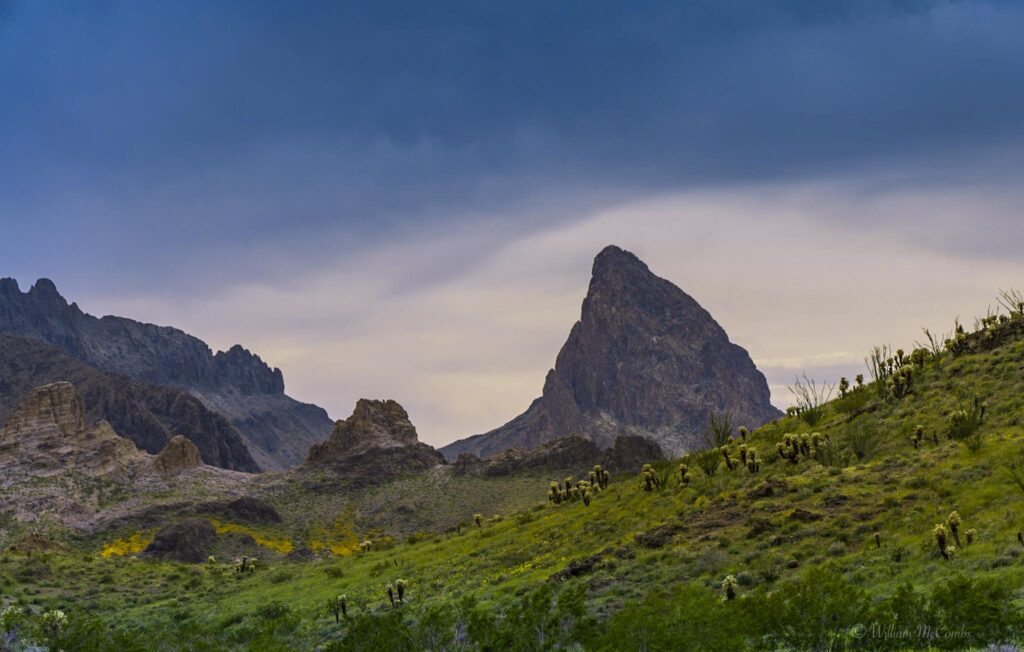
Most of my landscape photography has been shot on this lens. The images are sharp, have good contrast, and it’s been a great lens to be able to shoot both wide and up close.
I have been tempted to use the Tamron 28-200 for landscape photography, because the quality is similar to the Sony 24-105, but the 28-200mm doesn’t have image stabilization.
For me, this was a dealbreaker, because I don’t like using a tripod. The Sony 24-105 is great because I can hand hold an exposure of a waterfall for 1/3 if I want to add motion blur. You can’t do that without image stabilization.
Image stabilization
Having the option of image stabilization is crucial for my work. I use it in both photography, videography, and it’s helpful for sports and wedding photography when you need the extra light.
Most Sony prime lenses are sharp but they don’t offer image stabilization. I’m a strong believer in primes, but for most of my photography I’d rather have the image stabilization.
Bokeh

Most don’t look to an f/4 lens for great bokeh, but most of my photography I prefer some detail in the background, and I think it tell a better story.
If I’m shooting at f1.8 or 2.8 it can be helpful to eliminate a distracting background, but I always prefer to have a background that compliments the foreground.
For example, having a chapel in the background of a newlywed couple tells a better story than a photo with a background that’s completely out of focus.
If possible, I always try to tell a story with a slight out of focus background, and f4 is great for that. If I need to isolate the background, I can usually get good results by zooming in to 80-100mm (f4).
Other lenses to compliment to the 24-105.
- Sony 100-400 (wildlife, landscapes, portraits)
- 85mm 1.8 (portraits)
- Sigma 14-24 (Astrophotography, Landscapes, architecture)
Conclusion
The Sony 24-105 is a great versatile lens for portraits, landscapes, night photography, events, and even wildlife. While it may not be the perfect lens for every type of photography, it can get the job done in the pinch. For most beginners or professionals, this is a great lens to have in your bag.

